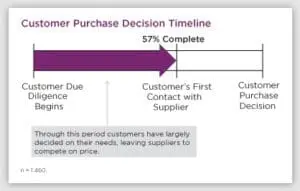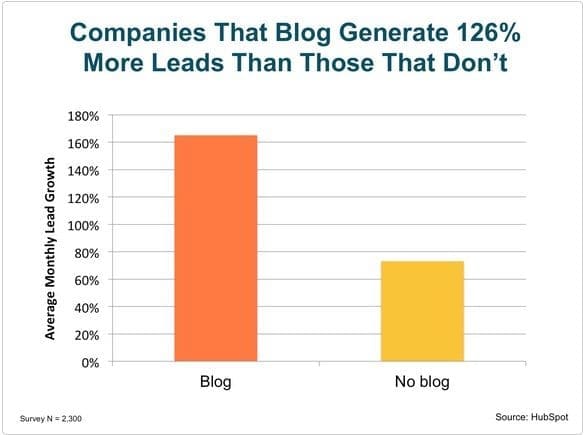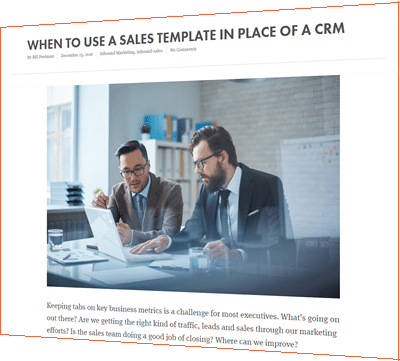 Each of our clients start with a custom GamePlan built around the goals of their business. The GamePlan defines your personas and ideal customer and lays out the plan for attracting them. All GamePlans are continually updated and maintained throughout the life of our working agreement. You will always know what to expect – that’s just sensible.
Each of our clients start with a custom GamePlan built around the goals of their business. The GamePlan defines your personas and ideal customer and lays out the plan for attracting them. All GamePlans are continually updated and maintained throughout the life of our working agreement. You will always know what to expect – that’s just sensible.
Creating a detailed inbound marketing game plan is an intensive process that requires diligent research, knowledge, and experience. It takes our team 3-4 weeks to develop each custom GamePlan.
No One Builds a Custom House Without a Blueprint
Have you ever built a custom house? If you have, you already know that long before the foundation is poured, you need to make a significant investment made in creating a blueprint.
No one in their right mind would ever start construction prior to talking to architects, contractors, designers, and a host of other trades so that a detailed set of blueprints could be created. Only then, can construction begin.
Surprisingly, many people who are new to inbound marketing actually start writing blog posts without having invested the time needed to create a detailed inbound marketing game plan — much less one based on the Alaniz Marketing Model™.
If you want to succeed with inbound marketing, just like building a house, you need a blueprint for success.
What’s in a Alaniz Marketing GamePlan?
Your Sensible Marketing GamePlan is the foundation for your entire inbound marketing strategy. Consider this your roadmap for success. The purpose of this document is to turn your marketing goals into reality by outlining a clear path forward.
Inside you’ll discover a comprehensive and customized 12-month plan plan to create a growth engine for your organization. From the ground up, this strategy centers on your target buyer personas and their unique buyer’s journey through the research process.
 1. Create a Map of Your Buyer’s Journey
1. Create a Map of Your Buyer’s Journey
Every day there are over 500 million Google searches. These searches are done by ordinary people like you and me who are looking for answers. They’re looking for a solution to their problem or a recommendation from a trusted source. According to the Corporate Executive Board, thanks to the vast amount of freely available information available online, 57% of the buyer’s journey is completed before the buyer ever contacts your company.
 As they go about their research there are a series of stages through which they travel as they develop from simple researchers to solution selectors. The Buyer’s Journey is the representation of these stages and provides a context for content marketing campaigns.
As they go about their research there are a series of stages through which they travel as they develop from simple researchers to solution selectors. The Buyer’s Journey is the representation of these stages and provides a context for content marketing campaigns.
Awareness Stage
Awareness Stage offers are designed to help the reader get to the root of their pain. They understand that they feel a pain, but they’re unaware of the solutions at this phase. Educational offers that are vendor neutral are important at this stage.
Your goal is to help educate the reader on the elements that make up the solution to their problem and to build trust in their eyes. Use this space to elaborate on the direction, purpose, content sources, and ultimate CTA of the offer:
Consideration Stage
Consideration Stage offers are designed to help the reader create a list of options. They already have defined the pain that they’re experiencing and that a solution exists.
Create offers at this stage that help them define what is important to them and narrow down their options. In-depth guides are important at this stage as the reader has already consumed a great deal of content and is well educated tactically.
Decision Stage
Decision Stage offers are designed to help the reader make their final selection. They have already clearly defined their problem and have narrowed the options. If they’re still consuming your content at this stage, chances are you’re on that list.
Use these offers to help them make the most educated buying decision possible. Offers at this stage should include personal touch points – like a consultation or strategy review.
2. Define Your Buyer Personas
If you’re creating content for your blog and you don’t take the time to define exactly who you’re writing for, and who you want to attract to your blog, ultimately you’re going to fail in three really important areas:
- Relevancy
- Engagement
- Sharing
If you fail in these areas, your results will suffer mightily. You don’t need to write for just one buyer persona, you need to write for every buyer persona that is involved in the buying process. (which is part of the buyer evaluation journey)
When creating your buyer personas, the things you want to specify are much more than just demographics like age, income level, education, etc.
In addition to the demographics (who), you are also going to need to address psychographics. These are the reasons why they are looking for information to help them make a buying decision. Understanding why people want to do things is absolutely critical.
3. Identify Premium Content Offers
Now that you know whom you are writing for, you are going to need to plan your inbound campaigns around several pieces of cornerstone content. We call these premium content offers.
Most commonly, premium content offers come in the form of eBooks. . . but you can also use webinars, industry reports, how-to-guides, or virtually anything else you think would be of interest to each of your buyer personas.
The GamePlan shows you what premium content to create for each stage of the buyer’s journey.
4. Define Lead Nurturing Content
When you first capture a lead, they are at the top of the funnel, in the Awareness stage. 99% of the time these leads are not ready to buy…or even talk to you.
So how do you get buyers to progress through your funnel automatically? That is done with lead nurturing, which is also included in your GamePlan. This is where you make sure that you create email sequences that address all the most common pre-sales questions and objections for each buyer persona.
These sequences of emails should also link to additional pieces of content (video is very powerful here) that help to answer questions and remove objections to moving forward.
5. Schedule 3-Month Blogging Strategy
Your GamePlan also includes blog post titles for the first 90 days. You need to start blogging about things that your target personas are interested in reading! Typically, topics that work in this regard are topics that answer frequently asked questions.

At the end of the 90 days, you will have gathered enough data from analytics to know which content was most popular and that will then guide you on what to write more about in the future.
Quick Review
Just like the undertaking of any major project (like building a custom house), achieving success with inbound marketing requires that you start out with a detailed GamePlan that will address the following items:
- Your buyer’s evaluation journey
- Your target buyer persona(s) and the problems they want to solve
- The premium content offers you need to create to capture leads
- The automated nurture sequences you need to create to nurture your leads to the point of purchase
- The blog post topics you need to attract the right traffic to your blog
As you know, there are a lot of moving parts that come together in an inbound marketing strategy. The Alaniz Marketing GamePlan lays out the exact steps we recommend you take to implement a growth engine for your business. If you skip any of these steps, the results you achieve (or lack thereof) will be underwhelming at best. Start working now on your 2016 gameplan for success!





